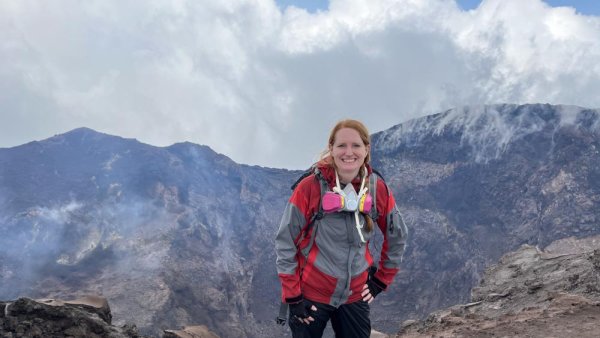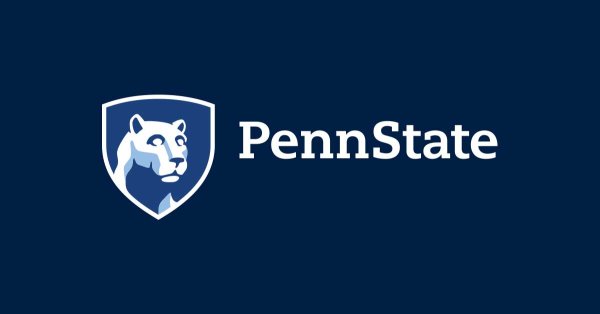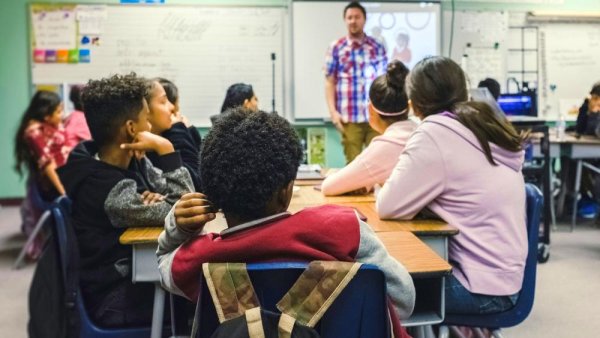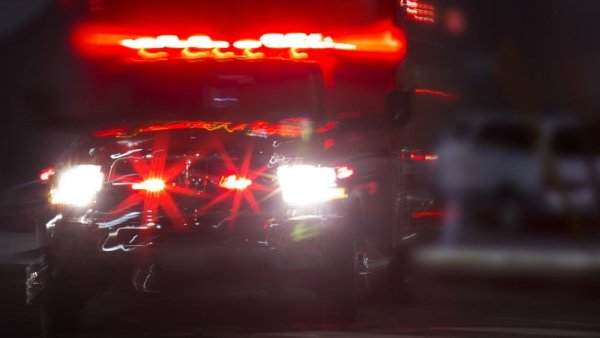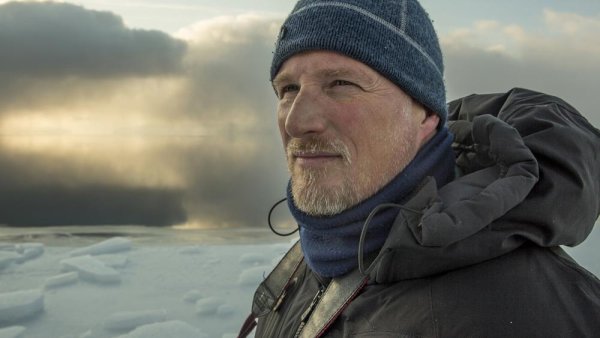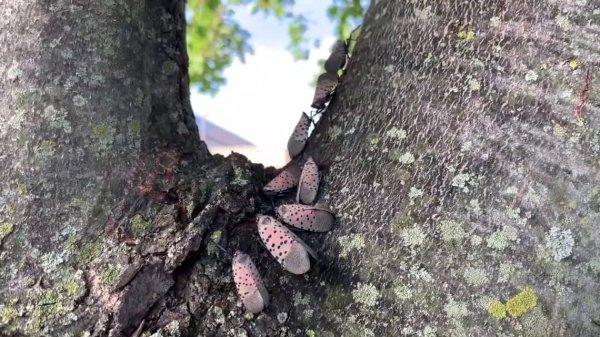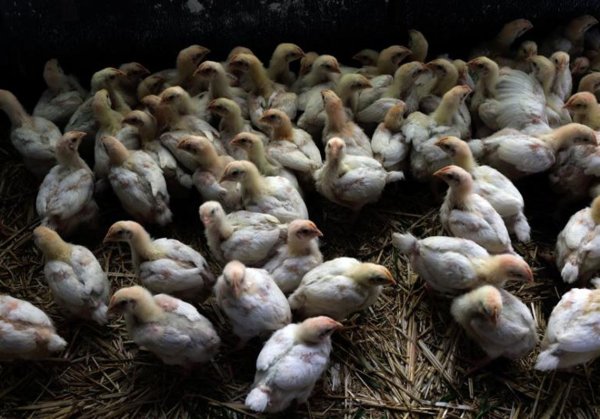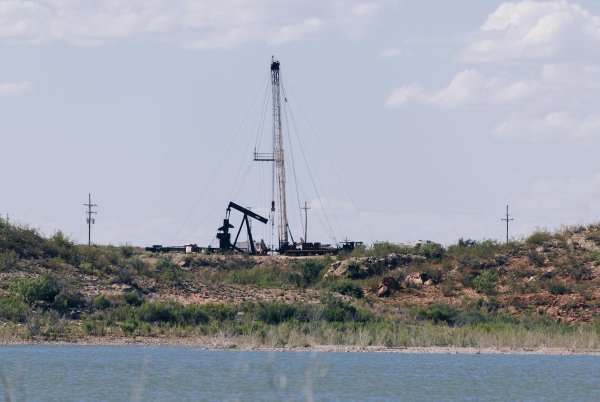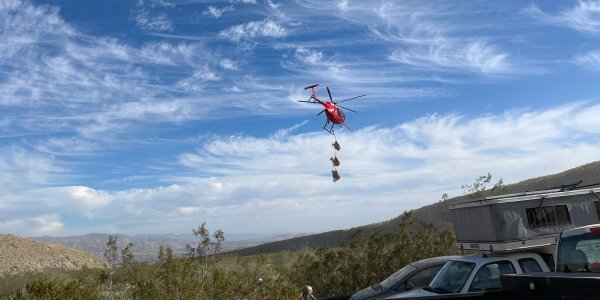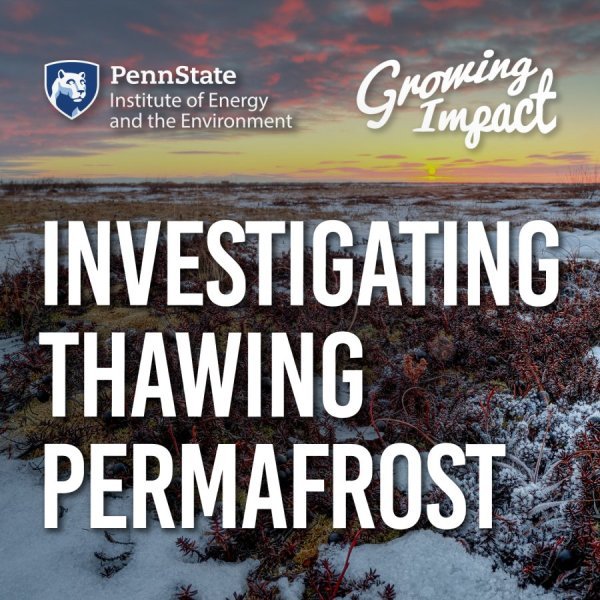ICDS associate director aims to enhance collaboration in new role
| psu.edu
Penn State Institute for Computational and Data Sciences, whose mission is to foster a collaborative, interdisciplinary scholarly community, is working to continue that vision through the work of their leadership, including new Associate Director Christelle Wauthier, who is also an associate professor of geosciences. Wauthier started the associate director position on April 1.
Applications now open for Community-Engaged Research Fellowship program
| psu.edu
Penn State Clinical and Translational Science Institute's Community-Engaged Research Core is accepting applications for the 2025-26 Community-Engaged Research Fellowship Program now through Oct. 1. The program offers training and a mentorship network to scientists interested in advancing their community-engaged research expertise across Penn State campuses.
Two Penn State faculty elected to American Academy of Arts and Sciences
| psu.edu
Penn State professors P. Gabrielle Foreman and Karl S. Zimmerer have been elected members of the American Academy of Arts and Sciences.
Integrated Pest Management Program staffer to help schools implement IPM plans
| psu.edu
The Pennsylvania Integrated Pest Management Program has announced the appointment of Donald DeMackiewicz Jr. as the new PA IPM schools program assistant. DeMackiewicz will offer consulting services to any Pennsylvania schools seeking expertise and advice while developing and implementing their state-mandated IPM plans.
Fentanyl and COVID-19 pandemic reshaped racial profile of overdose deaths in US
| psu.edu
A new study from researchers in the Penn State College of Health and Human Development examined racial and regional differences in overdose fatalities from 2012 to 2021, capturing the periods before and during the COVID-19 pandemic. In most of the nation, the researchers found that younger Black individuals died of overdose at lower rates than their white counterparts, but older Black individuals — especially men in Midwestern cities — were up to five times more likely to die of drug overdose than their white counterparts.
Award-winning photographer, conservationist to headline climate symposium
| psu.edu
Paul Nicklen, the award-winning nature photographer and conservationist, will be the keynote speaker for Penn State’s Climate Solutions Symposium. His presentation is scheduled for 9 a.m. on Tuesday, May 14, at The Penn Stater Hotel and Conference Center.
Spongy moths are everywhere in central Pennsylvania
| wnep.com
They are considered one of the most damaging bugs in Pennsylvania, and spongy moths are currently hatching in parts of our area. This article quotes Anna Hodgson, Penn State Extension agronomy educator.
Engineering professor elected fellow of two professional societies
| psu.edu
Tak Sing Wong, professor of mechanical engineering and of biomedical engineering, was elected a fellow of the American Society of Mechanical Engineers and of the Royal Society of Chemistry.
Spotted lanternflies hatching out
| wnep.com
Newswatch 16's Mackenzie Aucker spoke with experts about when we can expect to see the invasive species in central Pennsylvania. This article mentions Penn State Extension research.
Bird flu is infecting more mammals, so what does that mean for us?
| post-gazette.com
In her three decades of working with elephant seals, Dr. Marcela Uhart had never seen anything like the scene on the beaches of Argentina’s Valdés Peninsula last October. This article quotes Troy Sutton, professor of veterinary and biomedical sciences.
Companies aim to release more treated oilfield wastewater into rivers and streams
| yahoo.com
Texas regulators are issuing permits to discharge large volumes of treated “produced water” into some waterways. Questions remain about the toxic pollutants found in the wastewater. This article mentions Penn State research.
Which wild animals carry the COVID-19 virus? An ambitious U.S. project aims to find out
| science.org
An ambitious U.S. project aims to sample more than 50 animal species to clarify how the COVID-19 virus moves between people and wildlife. This article features Penn State research.

